More Coverage
Twitter Coverage
Satyaagrah
Written on
Satyaagrah
Written on
Satyaagrah
Written on
Satyaagrah
Written on
Satyaagrah
Written on
JOIN SATYAAGRAH SOCIAL MEDIA
Indian movies have become propaganda platform to distort real incidents and perpetuate lies

Actor Suriya’s latest film Jai Bhim, which was released on November 2 on OTT platform Amazon Prime, had found itself in the eye of another raging storm after a video clip from the movie promoting violence and hatred against Hindi speakers had gone viral on the internet.
Now, another controversy seems to have gripped the beleaguered movie as viewers have accused the creators of the movie of peddling fiction under the guise of making a movie based on true incidents. Although the makers and producers of the movie had touted it to be inspired by real-life events, many have accused the movie of showcasing incidents that run counter to reality.
The movie is based on real-life incident that took place in Tamil Nadu in the 1990s, where a lawyer fought to get justice for a tribal woman. But viewers have alleged that the makers of the movie have deceitfully changed castes of certain characters to perpetuate their political propaganda.
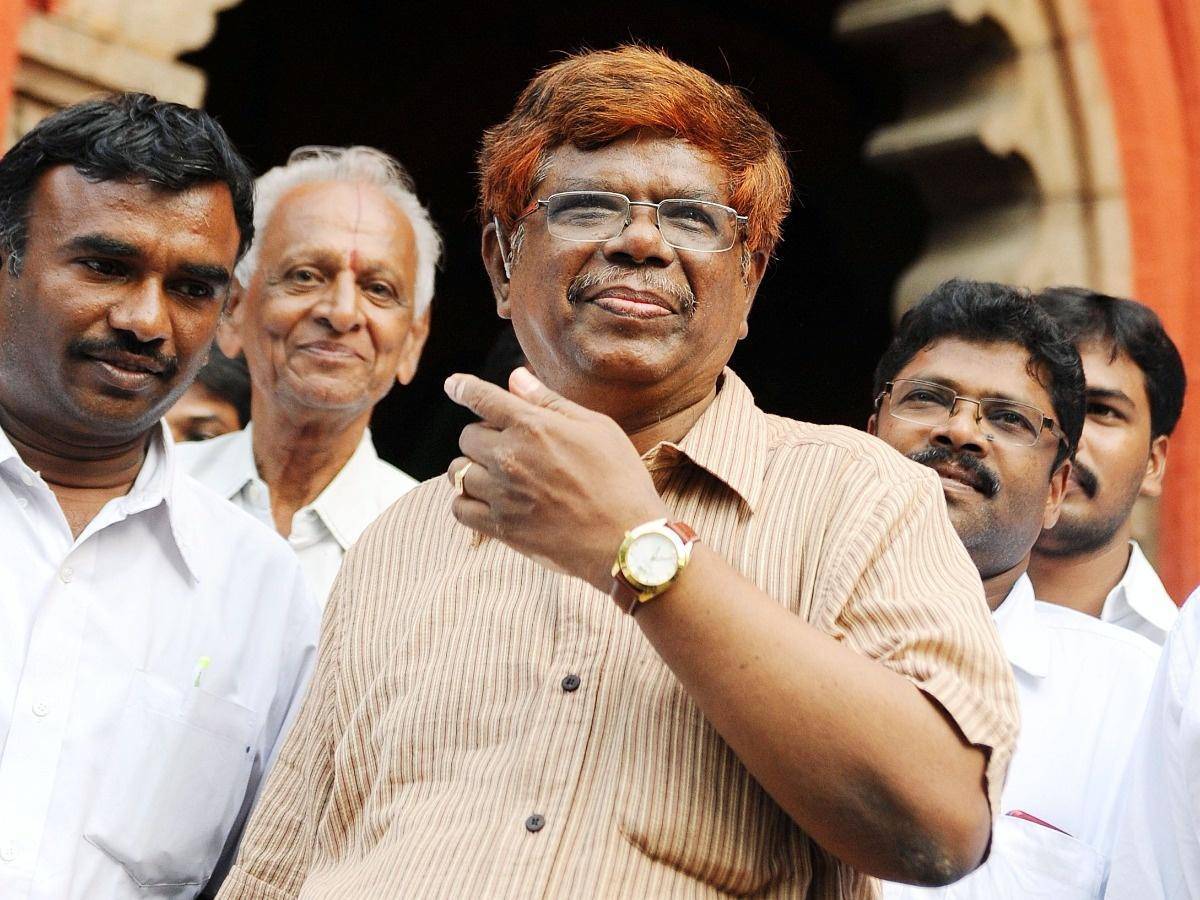 Meet Justice K Chandru, the inspiration behind Suriya's 'Jai Bhim |
For instance, the movie shows villains from the Vanniyar community with their sacred motif ‘Agni’ being situated in the frame. The sub-inspector in the movie, who is one of the villains, is a man from the Vanniyar community and depicted as an enemy of the Irular community.
|
However, in reality, the sub-inspector who framed the Irular men and thrashed them was one ‘Anthony Sami’ and was not from the Vanniyar community.
This has predictably not gone down well with the Vanniyars, who have shamed actor Suriya and makers of the movie for the unwarranted vilification of their community.
In another scene in the movie, actor Suriya could be seen spreading canards about the Brahmin community. The scene is from outside the court where actor MS Bhaskar, as a Brahmin lawyer (Sankaran) who often utters ‘Sivaya Namaha’, is seen speaking with Suriya. In the exchanges that take place between the two, it is insinuated that Brahmins are a vile community that cannot be trusted.
|
Perversion and distortion of facts to suit one’s narrative has become a hallmark of the Indian movie industry. The moviemakers and producers use the ‘creative liberty’ at their disposal to pervert real-life and twist facts to perpetuate propaganda that reinforces their political ideologies while undermining the opposing ones. Jai Bhim is not the first, and it certainly won’t be the last movie, where the creators have displayed blithe disregard for the truth, since the aim was not to depict real-life incidents but to showcase contrived reality.
In the past too, film-makers have used this tool of “artistic freedom” to propagate bastardised, politically weaponised versions of real events. Here are some of those cases:-
 This is hockey's real Chak De moment - Mir Ranjan Negi |
Chak De India: Mir Ranjan Negi depicted as ‘Kabir Khan’ to portray alleged Islamophobia in the Indian society
Shah Rukh Khan starrer Chak De India was one such movie where facts were tweaked cunningly to peddle motivated propaganda. In the movie, Shah Rukh Khan played a character of a Muslim hockey player whose patriotism was called into question after he failed to score a penalty shot against India’s arch-rival Pakistan, a Muslim-majority country.
The movie attempted to highlight the alleged discrimination faced by Muslims in India on account of their religion. SRK, who played coach Kabir Khan was disgraced and called a ‘traitor’ by his neighbours for not being able to score against Pakistan. In order to remove the tag of traitor, SRK agrees to coach the women’s hockey team and ultimately leads them to win the World Cup.
However, the story is inspired by the life of Mir Ranjan Negi, former goalkeeper of the Indian hockey team, whose life was thrown into turmoil after his disastrous outing in the 1982 Asian Games final where India suffered a humiliating defeat of 1-7 against its nemesis Pakistan. Negi had then attracted the wrath of the public for not being able to stop Pakistani strikers from scoring goals.
After spending years in oblivion, Negi returned to hockey with coaching men’s team, followed by more successful stints with the women’s team. He was the goalkeeping coach of the 2002 Commonwealth Games gold-winning side and also the assistant coach of the team that won the 2004 Asia Cup.
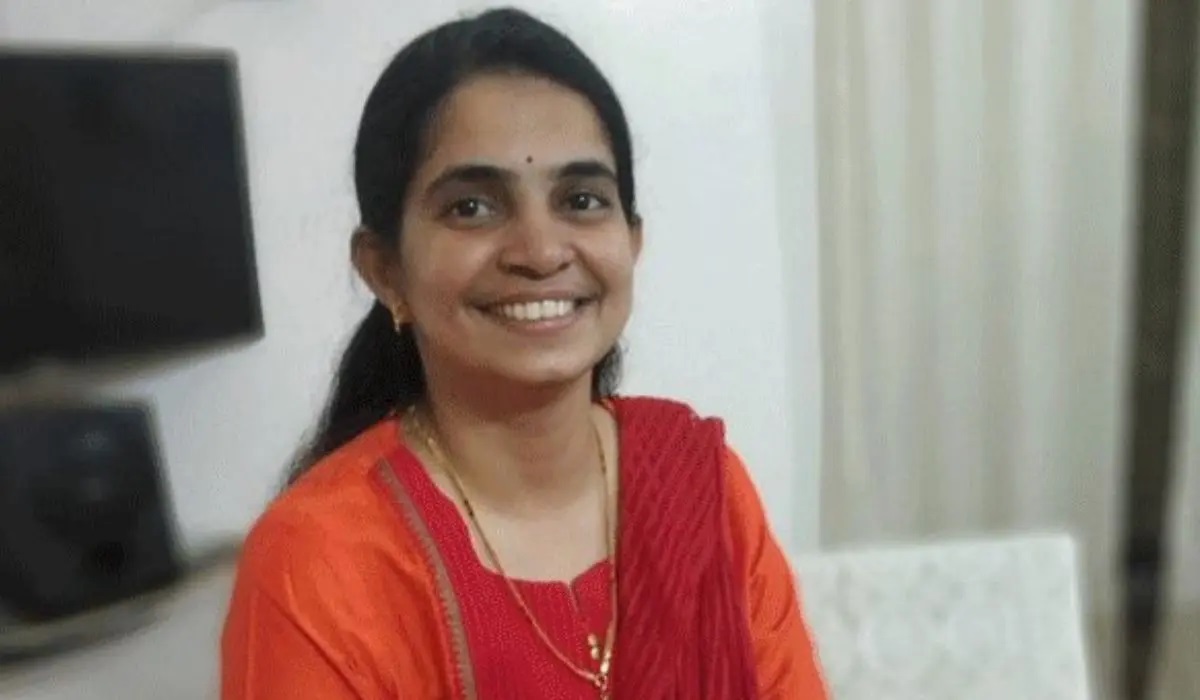 IFS Officer KM Abharna Who Inspired Vidya Balan’s Sherni |
Sherni: Tiger killer Asghar Ali Khan becomes ‘Pintu Bhaiya’ as movie deliberately defames Hindus
In 2021, a movie named Sheri was released on OTT platform Amazon Prime that continued the Indian film industry’s long tradition of vilifying Hindus. The Vidya Balan-starrer movie was based on Tigress Avni who had reportedly turned man-eater and was recorded to have mauled 14 people to death.
The tigress was eventually killed by a hunter named Asghar Ali Khan but in the movie, the character who kills the tigress is conveniently portrayed as kalawa-wearing Ranjan Rajhans alias Pintu Bhaiya. In addition to this, IFS officer KM Abharna who brought the killer to justice is portrayed by actor Vidya Balan but she has been given a Christian name in the movie.
Besides, most of the senior forest officers, who just happen to be Hindus, are shown to be corrupt and unethical except for one character named Hassan Noorani. The movie devoted too much time on portraying Hindu officers as incompetent and apathetic towards their job even though there had been no apparent reason or logic for hating on Hindus. The movie even had a scene where the culprit, who was made into a Hindu character, was seen performing Bhajans and Puja in a government office, to bring mockery towards Hindu practices for no apparent reason.
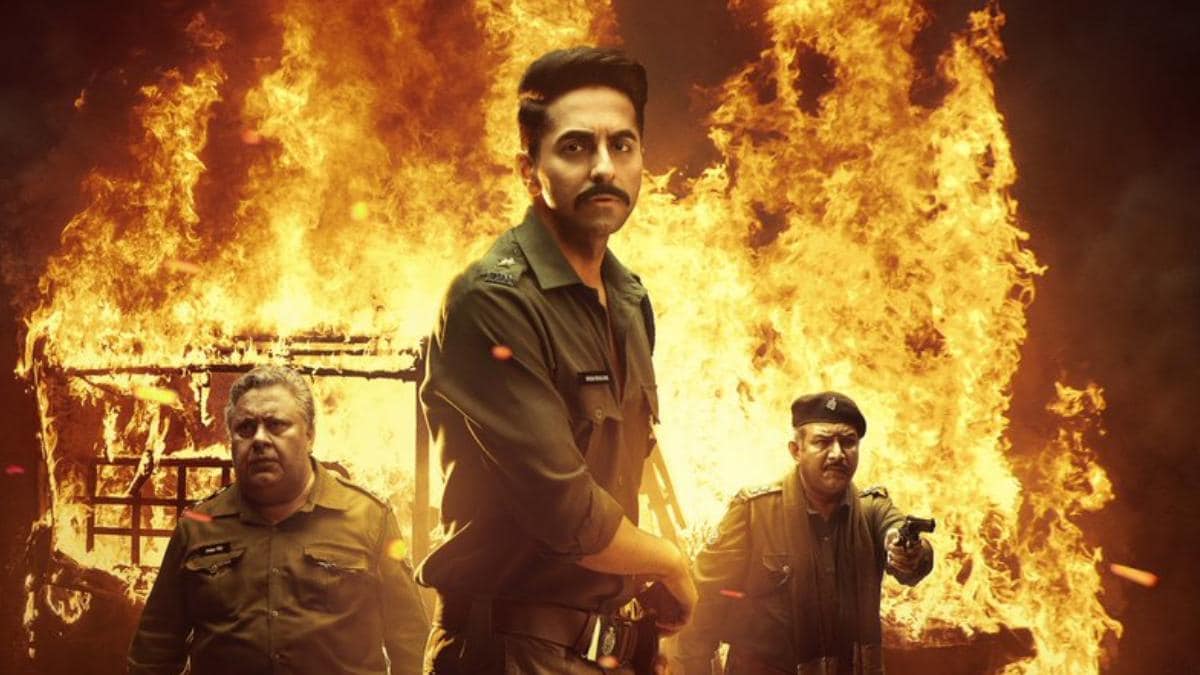 |
Article 15: Movie based on Badaun rape where the real culprits belonged to the Yadav community but in the movie Brahmins are showed as villains
Anubhav Sinha’s Article 15 was another such movie where events showcased in the movie that had little to do with facts even though the movie was billed as based on “true incidents”.
The movie was based on the brutal rape and murder of two girls in the Badaun district of Uttar Pradesh. However, in its attempt to be ‘inspired’ from the Badaun case, the movie took wide liberties with facts. The case got wide attention in national and international media, bringing shame for the then Akhilesh Yadav government in UP because it was highlighted as a case of upper caste atrocity against Dalits.
The accused were named Pappu Yadav, Avadhesh Yadav, Urvesh Yadav, Chhatrapal Yadav and Sarvesh Yadav. Chhatrapal and Sarvesh were policemen. The police department was accused of showing leniency to the accused in the case due to political pressure from the Samajwadi Party which was favouring the Yadavs. Even the police investigation was severely criticised and the people had demanded a CBI inquiry.
The CBI had later stated that their probe indicates that the two girls, aged 14 and 15, had committed suicide and they were neither raped or murdered. The five accused were all given a clean chit.
Anubhav Sinha, the person whose own shady money laundering attempts have been highlighted before and who was last seen requesting Pakistanis to watch his ‘Mulk’ movie illegally, has made great efforts in his movie to take a widely publicised crime and paint it in colours of casteism that suits his political narrative. The invisible ‘Mahant ji’ (a probable sly at Yogi Adityanath) who is a Brahmin, is painted as the all-powerful root of evil in the movie. Also, the over-emphasis of ‘upper castes’ and Brahmins being the sole cause of all atrocities seems to be the central theme in the movie.
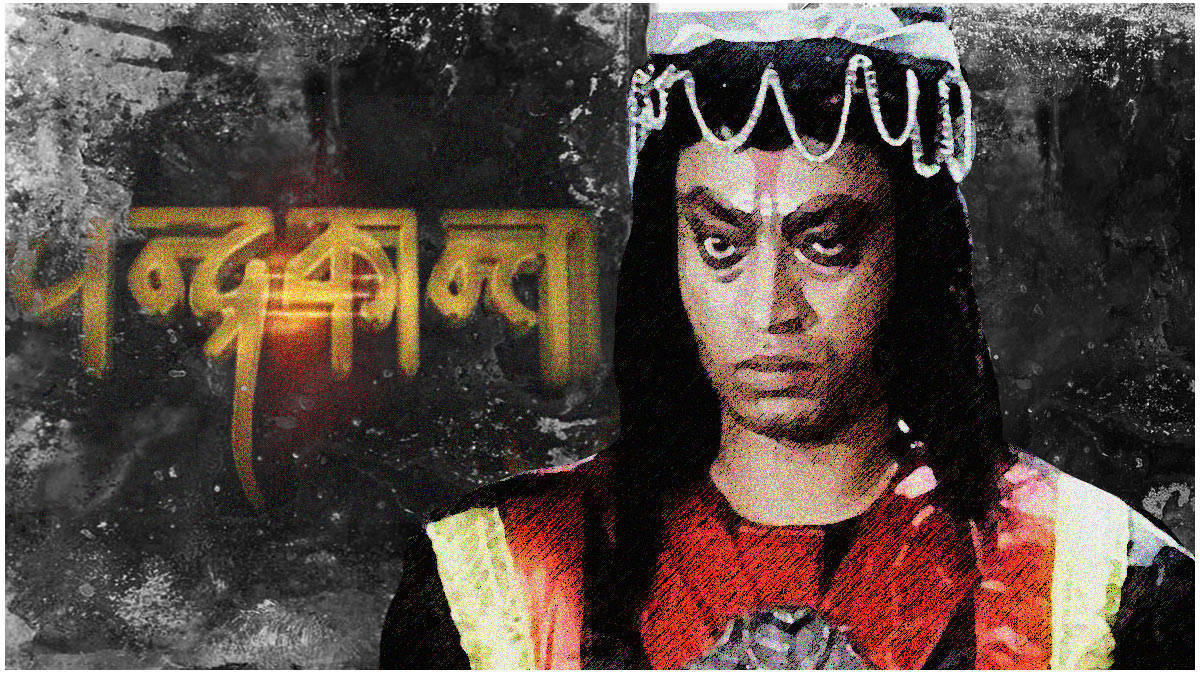 |
TV serial Chandrakanta : Muslim character in a positive role added in the TV avatar of Chandrakanta novel to comply with ‘secular’ sensitivities
A TV serial named Chandrakanta was quite a rage in the early 1990s. It was based on the eponymous novel by Devaki Nandan Khatri and had become very popular among the masses. However, very few people realised that the serial was not an accurate representation of the novel.
The original novel had no positive character who had a Muslim identity. Instead, it had quite a number of Muslim characters who were either villainous or comic. Therefore, the makers of the serial at the Doordarshan were perhaps bothered by the fact that there was no Muslim character in a positive role. So, they invented one by adulterating the storyline of the novel and including an extra character in its television representation. A Muslim character named Janbaaz, played by actor Mukesh Khanna, was introduced in the story. The character played a pivotal role in helping the Hindu hero get his love interest. Besides, when the character appeared on the screen, azaan—the Muslim call for daily prayer—ran in the background.
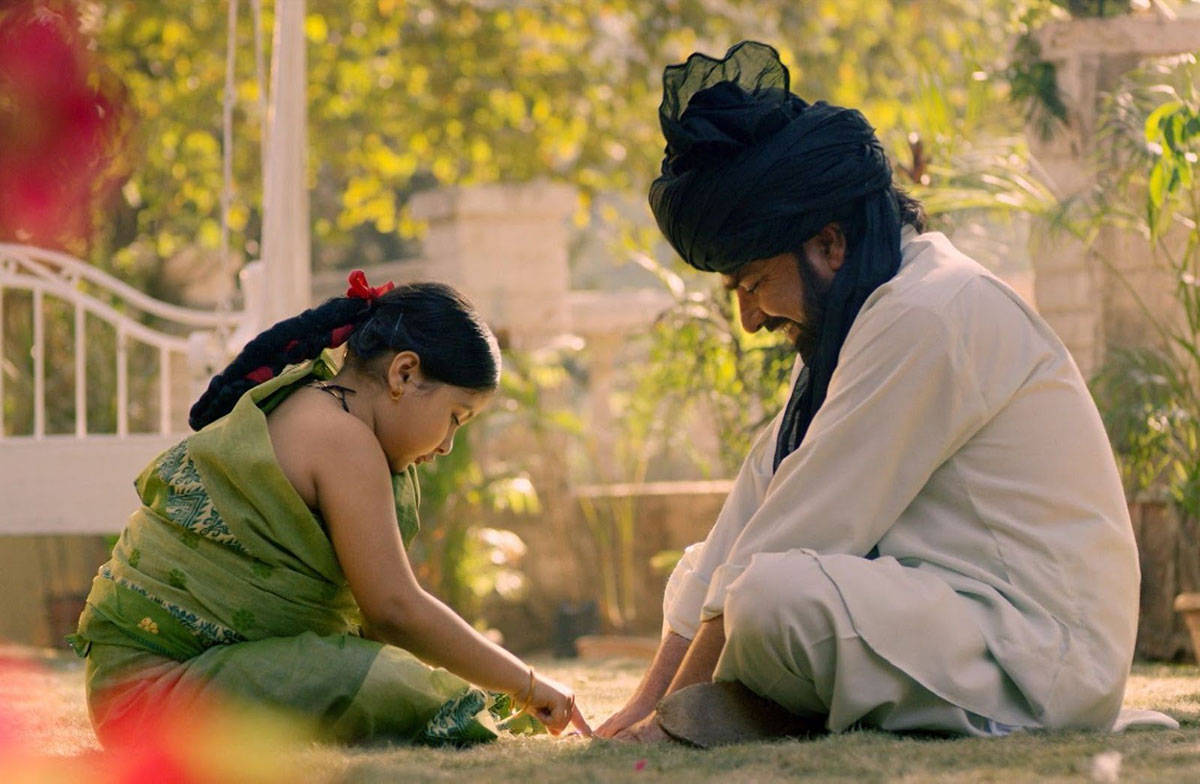 |
Netflix’s ‘Kabuliwala’ shows a Hindu girl offering namaz to secularise ‘Stories by Rabindranath Tagore’
The entertainment industry has long since stopped being solely about entertainment and certainly has as much to do with propaganda these days. Targeted mockery and insults directed towards the Hindu faith has been the norm rather than the exception with a simultaneous veneration of everything Islamic. Such familiar sights were visible in the modern rendition of ‘Kabuliwala’ in the ‘Stories by Rabindranath Tagore’ series by Anurag Basu. The series did not appear to be original Netflix content and seemed to have been made available first on Epic On.
In one of the scenes, a complete departure from the story-line, ‘Mini’, the little girl in the story, starts offering Namaz because her friend, the Kabuliwala, had not come to meet her for a few days. The scene shows her praying to the ‘God of Kabuliwala’ so that her friend would come to meet her soon.
The original story by Tagore, based on which the show has been made, does not mention anything about a Hindu girl offering namaz. The makers of the show inserted it on their own. There does not appear to be any justification for force-fitting such a narrative into the adaptation of the story, apart from petty political agenda.
References:
news18.com - Local News Desk
ottplay.com - Thinkal Menon
opindia.com - Jinit Jain
 Support Us
Support Us
Satyagraha was born from the heart of our land, with an undying aim to unveil the true essence of Bharat. It seeks to illuminate the hidden tales of our valiant freedom fighters and the rich chronicles that haven't yet sung their complete melody in the mainstream.
While platforms like NDTV and 'The Wire' effortlessly garner funds under the banner of safeguarding democracy, we at Satyagraha walk a different path. Our strength and resonance come from you. In this journey to weave a stronger Bharat, every little contribution amplifies our voice. Let's come together, contribute as you can, and champion the true spirit of our nation.
 |  |  |
| ICICI Bank of Satyaagrah | Razorpay Bank of Satyaagrah | PayPal Bank of Satyaagrah - For International Payments |
If all above doesn't work, then try the LINK below:
Please share the article on other platforms
DISCLAIMER: The author is solely responsible for the views expressed in this article. The author carries the responsibility for citing and/or licensing of images utilized within the text. The website also frequently uses non-commercial images for representational purposes only in line with the article. We are not responsible for the authenticity of such images. If some images have a copyright issue, we request the person/entity to contact us at This email address is being protected from spambots. You need JavaScript enabled to view it. and we will take the necessary actions to resolve the issue.
Related Articles
- Set of 'Ashram3' series ransacked by Bajrang Dal Activists, Throw ink at producer Prakash Jha's face
- How feminism is causing irreparable damage to Hindu society
- Father of the Nation! Absolutely not. Mohandas Karamchand Gandhi was not the father of the nation either officially or otherwise
- Controversial conference co-sponsored by Massey University to advocate abolishment of Hindu Dharma
- Why Indian-Origin 'achievers' and NRIs with only anti-Hindutva are preferred by the Leftist of India
- Sonam Kapoor steps in to support Woke ‘activists’ over NCERT controversy, dragged the RSS too
- Kanyadan fame Celeb Tutor Alia Bhatt married Ranbir Kapoor in white, merrily cutting cakes, sipping champagne, and taking only four pheras despite having a Hindu Punjabi ceremony: Woke activists distorting Sanatan Dharma
- To encourage inclusivity, eight short films about same-sex relationships will be screened in Kolkata classrooms, including one on male escort
- Hinduphobia To Hindumisia: Advancement of Western Academia for Hindu Hatred
- NASA data decodes that pollution on Diwali caused by stubble burning, not firecrackers: Media campaign against Diwali baseless
- Why Feminism Wants to Dismantle the Family
- Toxic Western ideologies being pushed into Indian schools via promoting LGBT and gender politics propaganda among children
- Knowing no boundary for hate, liberals descended on social media platforms to celebrate the death of legendary singer Lata Mangeshkar, calling her a ‘fascist’ and a ‘vile sanghi’
- After continuous protests from Hindus, Gurugram administration withdraws its decision to allow Namaz in 8 public places
- Propaganda techniques to blame Hindus for violence and paint Muslim aggressors as ‘good samaritans’




























